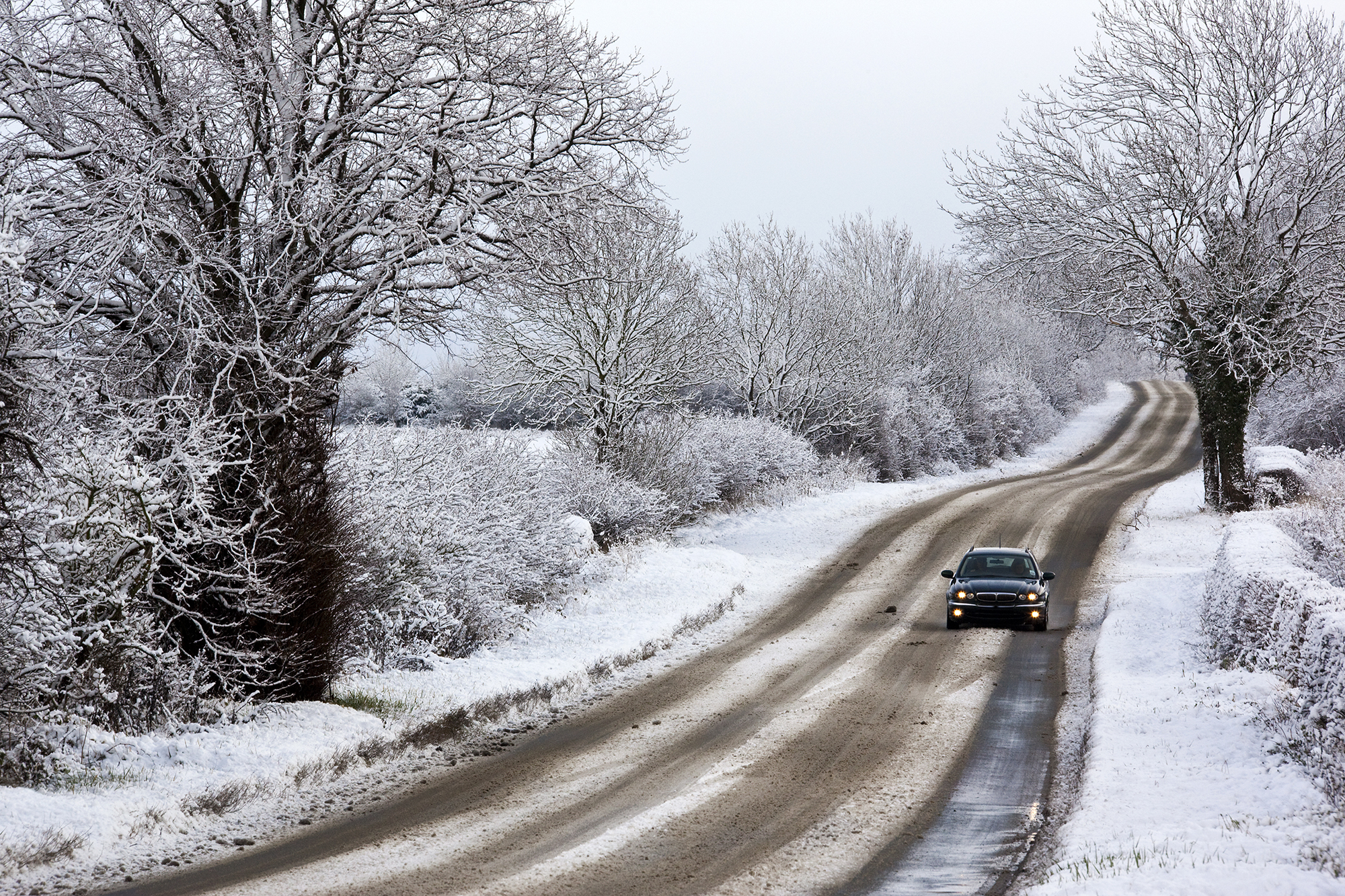Windscreen warning
Frosty mornings can be a pain. There are definitely better ways to start the day than labouring over the windscreen of your car trying to scrape ice off, your fingers flirting with hypothermia all the while. Though it might seem clever to leave the car running with the heater on - and heading back inside to finish brekkie - you could be caught out by Rule 123 of the Highway Code (You must not leave a parked vehicle unattended with the engine running or leave a vehicle engine running unnecessarily while that vehicle is stationary on a public road) and face a fixed penalty notice of £20. And that's on top of the risk of having thieves run away with your unattended vehicle.
Vision express
Snow and ice aren't your only concerns when it comes to keeping windows clear over winter. Body heat and breathing can warm the air inside the vehicle, causing a mist of condensation to form on glass. The RAC offers some great tips for dealing with this, including turning on your air conditioner in conjunction with the heater to reduce moisture in the atmosphere. To prevent it happening in the first place, the organisation suggests cleaning your windscreen with shaving foam, which adds an invisible protective barrier. It's a clever hack they've pinched from the world of ice hockey, whose players do the same to stop their face masks from steaming up. Remember - driving with limited vision can incur a £60 fine and three points on your licence.
Be prepared
Always check the weather forecast before setting out on a long journey. If the news is grim, don't push your luck unless the trip is really necessary. Packing a few extra pieces will also stand you in good stead in case of an emergency. Snacks, some bottles of water and a warm blanket could be a lifesaver if you get stuck in snow. And make sure your mobile phone is fully charged before setting off so you can call for help if you need it. Finally, let others know your route, destination and ETA wherever possible.
Go slow in snow
Slippy roads call for much gentler acceleration and braking, and lower speeds generally while you're underway. Changing up to a higher gear as soon as possible can help reduce wheel slippage. Try moving off in second gear for the same reason.
You'll also need to factor in a bigger stopping distance so make sure you leave plenty of space between your car and the vehicle in front.
If you do go into a skid, don't be tempted to slam on the brakes. Rather, driving experts advise steering gently into it: if your car is sliding to the right for example, steer in the same direction.
Tread carefully
While the minimum legal limit for the tread on your car tyres is 1.6mm, during winter it's safer to have at least 3mm. Make sure your tyres are properly inflated and consider swapping to winter ones with a higher silica content in them. These will perform better in bad weather conditions.
Brought to you by UniteProtect, who have launched a new car insurance comparison website for Unite members - www.UniteCar.co.uk
Sources: http://www.highwaycode.info/rule/123
https://www.rac.co.uk/drive/advice/winter-driving/how-to-demist-your-windscreen-in-double-quick-time/








